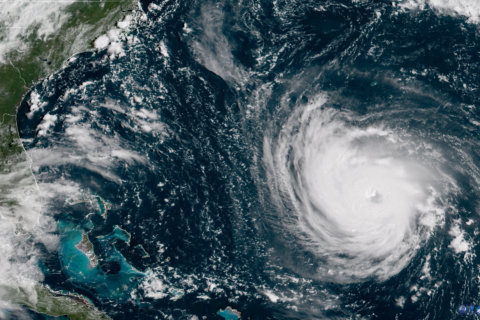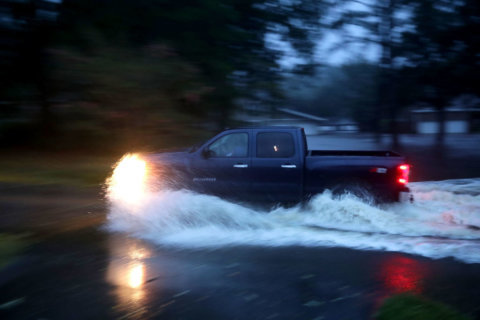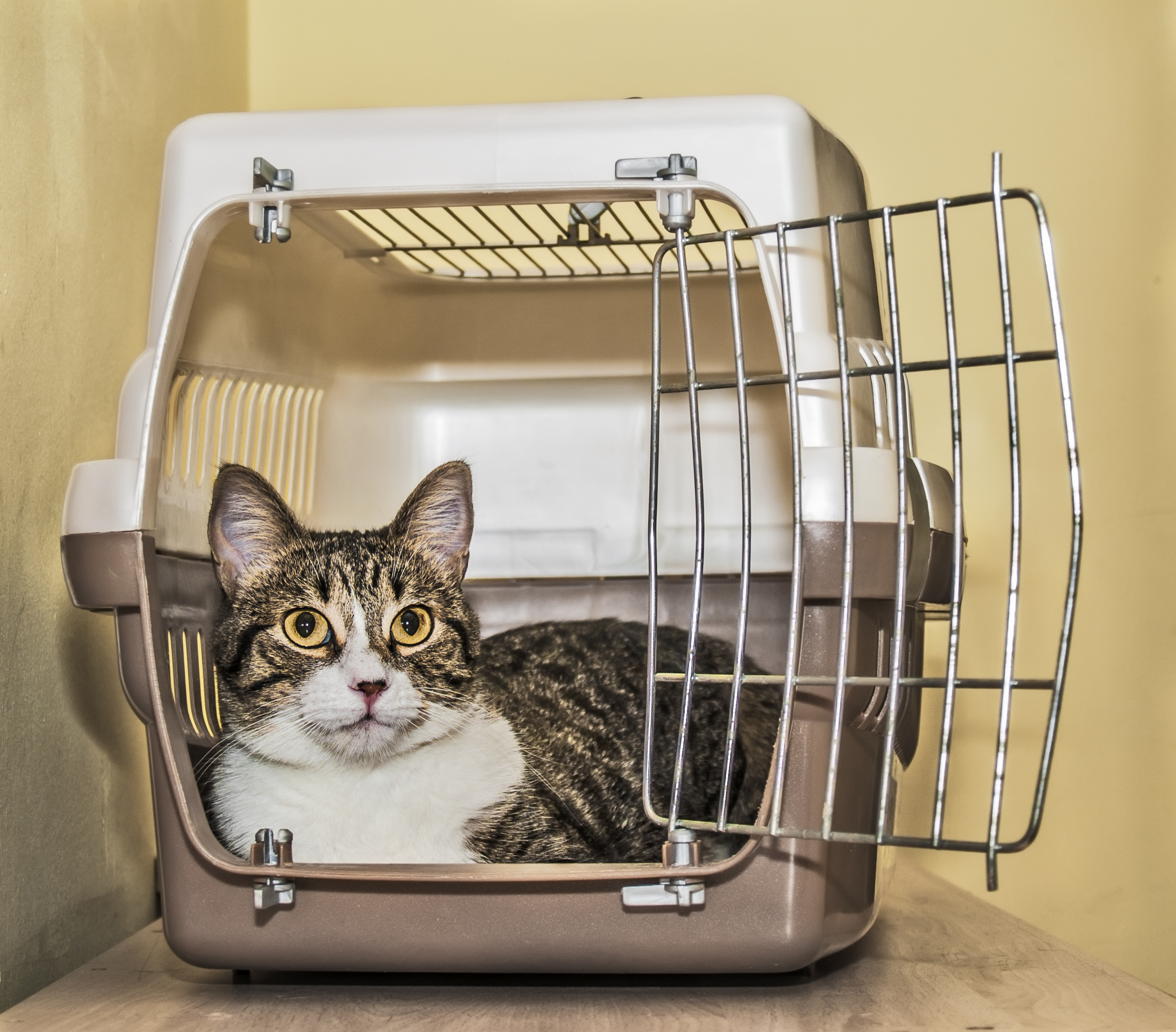WASHINGTON — Hurricane Florence looks like a monster storm, and while it’s not known how much of an impact it’ll have on the D.C. area, parts of coastal Virginia and the Outer Banks are being evacuated.
- WTOP Weather Center
- WTOP Traffic Center
- Current Weather Radar
- Severe Weather Map
- Listen Live to WTOP
- Get WTOP Alerts
Wherever you are, the folks at Ready.gov have a handy list of storm preparations, organized by how long you have before the storm hits.
What you can already be doing
- Sign up for emergency alerts. Get D.C. alerts and Virginia alerts. The Maryland Prepares app is available for Android here and iPhone here.
- Know where the nearest shelter is, and know where the safest room in your house or apartment is — the ideal is a small, windowless interior room on the lowest floor that’s not going to flood.
- Clean out your gutters and storm drains — they’re about to get a workout.
- Know your evacuation route: Figure out your way out of where you are. Those blue-and-white Emergency Evacuation Route signs on the major roads that everyone drives past? Check them out.
- Get your emergency kit ready. Here’s what should be in your emergency kit. Short version: Three days’ worth of food that doesn’t need cooking or refrigeration; three days’ worth of bottled water (one gallon of water per person per day); flashlights; batteries; a manual can opener; and cash. You also need three days’ worth of medications — for you and your pets. If you need a refill, do it.
- Prepare an emergency kit for your pets.
36 hours in advance
- Check your TV or radio often for weather and emergency instructions. If you want to stick with WTOP, we’re at 103.5 FM for most of the area, 107.7 FM in Virginia south of the Beltway, and 103.9 FM in Frederick, Maryland. You can listen on your phone by calling 202-380-9977.
- Check and recheck your emergency kit.
- Make a plan for keeping in contact with the people in your household — and think of a way other than phone calls. They can get overloaded in a weather emergency, and a text, email or social media post can often get through when a phone call can’t.
- Make sure your car is good for a few days — a full gas tank and everything else in working order — and keep a change of clothes and some emergency supplies in it in case you can’t get to your regular emergency kit.
18 to 36 hours in advance
- Bookmark the website for your city or county.
- Bring in anything loose and light, such as garbage cans or patio furniture, that would blow around in strong winds. (Anchor things such as propane tanks, which wouldn’t be safe to bring in.) And cover your windows, preferably with 5/8-inch exterior grade or marine plywood.
- Jay Apperson, with the Maryland Department of the Environment, said that if you use oil heat, securing your heating oil tank using ground anchors and metal straps will help avoid water contamination.
“If you’re in a flood-prone area, you should probably fit your well with a flood-proof well cap,” said Apperson.
Apperson says items like lawn mowers and materials like paint and pesticides around your home should also be secured to avoid water contamination. “Anything that can be dislodged or become a pollutant, you just want to make sure everything is intact as much as possible.”
6 to 18 hours in advance
- Keep your TV or radio on and/or check your city or county website every half-hour for updates on weather and emergency plans.
- Charge your cellphone — you don’t know when you might lose power.
6 hours in advance
- If you haven’t been told to evacuate, stay home and tell your family where you are.
- If you have shutters, close them, and in any case stay away from the windows.
- Crank up your refrigerator as cold as it will go and open it as infrequently as possible, to help keep your food as long as possible in case of a power outage. And throw a thermometer in there, so if and when your power comes back you know what temperature your food has been at.
During the storm
- If you’re told to evacuate, evacuate. If you see barricades, they’re there for a reason — don’t go around them.
- Go to a shelter, or, if you’re home, go to a small, interior, windowless room on the lowest floor that won’t flood.
- If you do get flooding, go to the highest floor you’ve got. But not a closed attic — you might need a window to escape.
- If you’ve got a gas-powered generator, only use it outdoors and away from windows.
- If you’re walking or driving to a shelter, do not go through floodwaters. Seriously — 6 inches of water can knock you over, and a foot of water can sweep your car away, Ready.gov says. And stay off bridges that are over fast-moving water.
After the storm
- Keep listening for instructions from the authorities.
- When you’re cleaning up any damage, wear protective clothes and don’t work alone.
- Don’t touch electric equipment if it’s wet or you’re standing in water. Turn the electricity off at the main breaker or fuse box if you can.
- You don’t know what’s in floodwater — any kind of debris, or live wires, could be in there.
- Remember — if you can text or use social media to communicate with your family, do it. The phone lines are going to be swamped.
- Take pictures of any damage and call your insurance company.
WTOP’s Melissa Howell contributed to this report.








